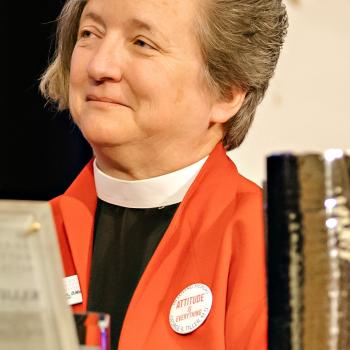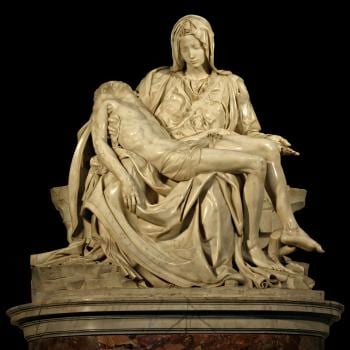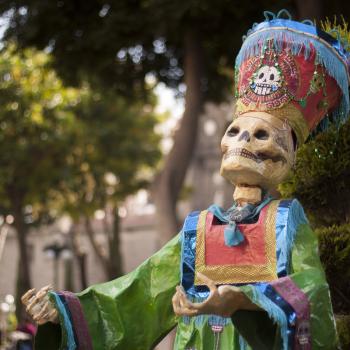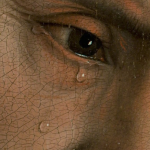If you are a convert to the Catholic faith from Lutheranism of Anglicanism or any other form of tasteful religion, then you will have to deal with Catholic kitsch. What are we to do with the trashy trinkets, the horrid holy cards, the sappy statues? How do you put up with the banal hymns, bad preaching and sentimental religiosity?
You have to correct your expectations. You thought sanctity and sublimity were the same thing, and while what is true is also beautiful, we sometimes have to re-assess our own opinions about beauty. There is a beauty that transcends matters of fine art and good taste.
Being a Catholic means having our pre-conceptions blown away. It’s all much bigger than you thought. Being a Catholics is learning to see the beauty of holiness. Sanctity and sublimity are not always the same thing.
A good illustration of this is St Therese of Lisieux. Anyone with taste and learning who has first read her book will probably not find it to their taste. It is a schoolgirl’s account of growing up in a very pious household in nineteenth century France. It is not only unremarkable, but it is sentimental, sweet and not only girly, but frenchy girly. Then you see the popular images of the simpering saint of Lisieux with her ruby lips pouting in a pious smile–the upturned gaze, the cross and the roses. “Give me break!” said my tasteful Anglican soul.
But there was something else there–something I missed. There was a beauty that lurked beneath and behind and below and in and through all the sentimentality and tackiness. It was the beauty of sanctity–and that sanctity was a mystery of divine light made incarnate by God’s grace in a very ordinary little girl.
This is the beauty of the saints. Very few of them are sublime, and even the ones who seem sublime–when you really get to know them–are gritty and real. This is the deeper beauty: the beauty of the reality of the Catholic faith.
It’s true we have tacky music and bad hymns. But we have Palestrina and Mozart and Byrd as well. We do have plastic glow in the dark rosaries and those night lights you plug in with the Blessed Mother. But we also have the Pieta and the Sistine Chapel and Michaelangelo and Carravagio. It’s true we have brutal churches that look like a cross between a space ship and a parking garage, but we also have Chartres and St Mark’s Venice and Chartres and Mont St Michel.
This is the authenticity of the Catholic faith. It is universal. It has room for the peasant and the aristocrat, hoi polloi and high falutin’, the learned and the ignorant, the tasteful and the tacky, the sinner and the saint.












